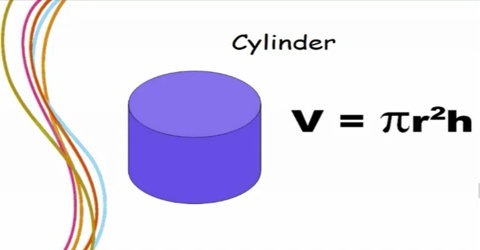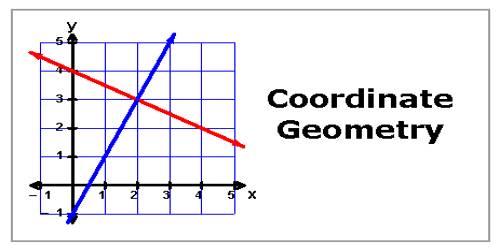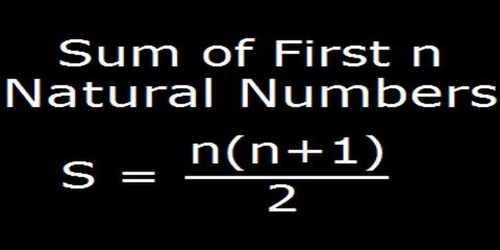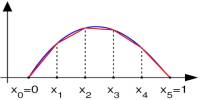A cylinder is a simple geometric shape with two equally-sized and parallel circular bases. Volume of a Cylinder means the number of cubic units that will exactly fill a cylinder
The volume of a cylinder equals the (area of the base)*height = π r2 h
The volume of a 3 -dimensional solid is the amount of space it occupies. Volume is measured in cubic units (in3, ft3,c m3, m3 etc cetera).
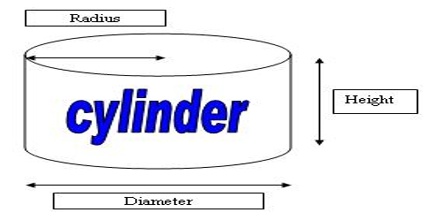
How to find the volume of a cylinder
Although a cylinder is technically not a prism, it shares many of the properties of a prism. Like prisms, the volume is found by multiplying the area of one end of the cylinder (base) by its height.
Since the end (base) of a cylinder is a circle, the area of that circle is given by the formula:
area = π r2
Multiplying by the height h we get
volume = π r2 h
where:
- π is Pi, approximately 3.142
- r is the radius of the circular end of the cylinder
- h height of the cylinder.
Example:
Find the volume of the cylinder shown. Round to the neatest cubic centimeter.
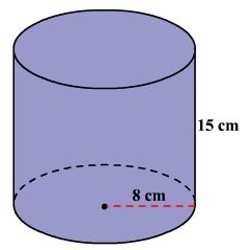
Solution
The formula for the volume of a cylinder is, volume, V = πr2h .
The radius of the cylinder is 8 cm and the height is 15 cm.
Substitute 8 for r and 15 for h in the formula V = πr2h
so, V = 3.1416 x 82 x 15
≈ 3016
Therefore, the volume of the cylinder is about 3016 cubic centimeters.
